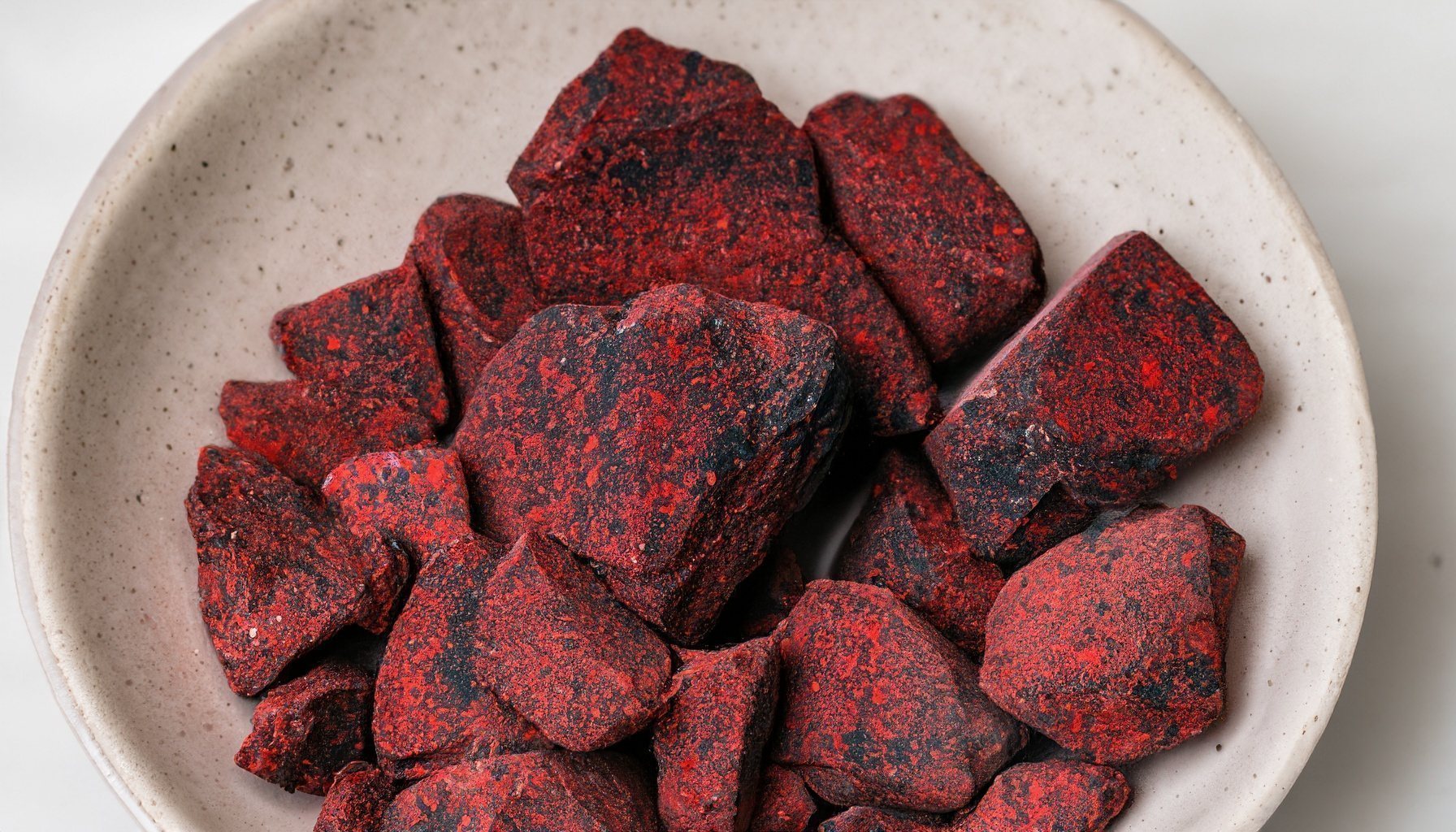
Dragon’s Blood, renowned for its vibrant red color and diverse applications, has piqued human interest for centuries. Originating from various plant species, this unique substance has found its place in traditional medicine, art restoration, cosmetics, and spiritual practices.
Dragon’s Blood is a red resin extracted from various plant species including Dracaena, Daemonorops, Croton, and Pterocarpus. It has been used historically for various purposes, including medicine, incense, and dye.
It is native to regions including Southeast Asia, the Mediterranean, and the Canary Islands, depending on the plant species.
Medicinal: Used in traditional medicine for digestive issues, respiratory problems, and skin ailments.
Cosmetic: Incorporated into skin care products for its potential skin healing properties.
Art: Used as a varnish for violins and in paints due to its vibrant color.
Incense & Rituals: Burned for spiritual and ritual purposes.
Generally, it is safe for use but should be done with caution. Allergic reactions can occur, and its safety for pregnant or nursing women and children is not well-studied. Always consult with a healthcare professional before use.
Although used historically in some medicines, consuming Dragon’s Blood should be approached with caution. Ensure that the specific type and source is safe for ingestion, and consult a healthcare professional.
It has a pleasant, light, and warm aroma, making it popular in incense.
Yes, it’s found in various skin care products. However, always do a patch test to avoid potential allergic reactions.
Dragon’s Blood products can be purchased from herbal stores, some drug stores, and online. Ensure that you are buying from a reputable source.
Store it in a cool, dry place, away from direct sunlight to preserve its potency and quality.
No, Dragon’s Blood is a natural resin from specific plants. The name is derived from its bright red color, which is reminiscent of the mythical creatures.

